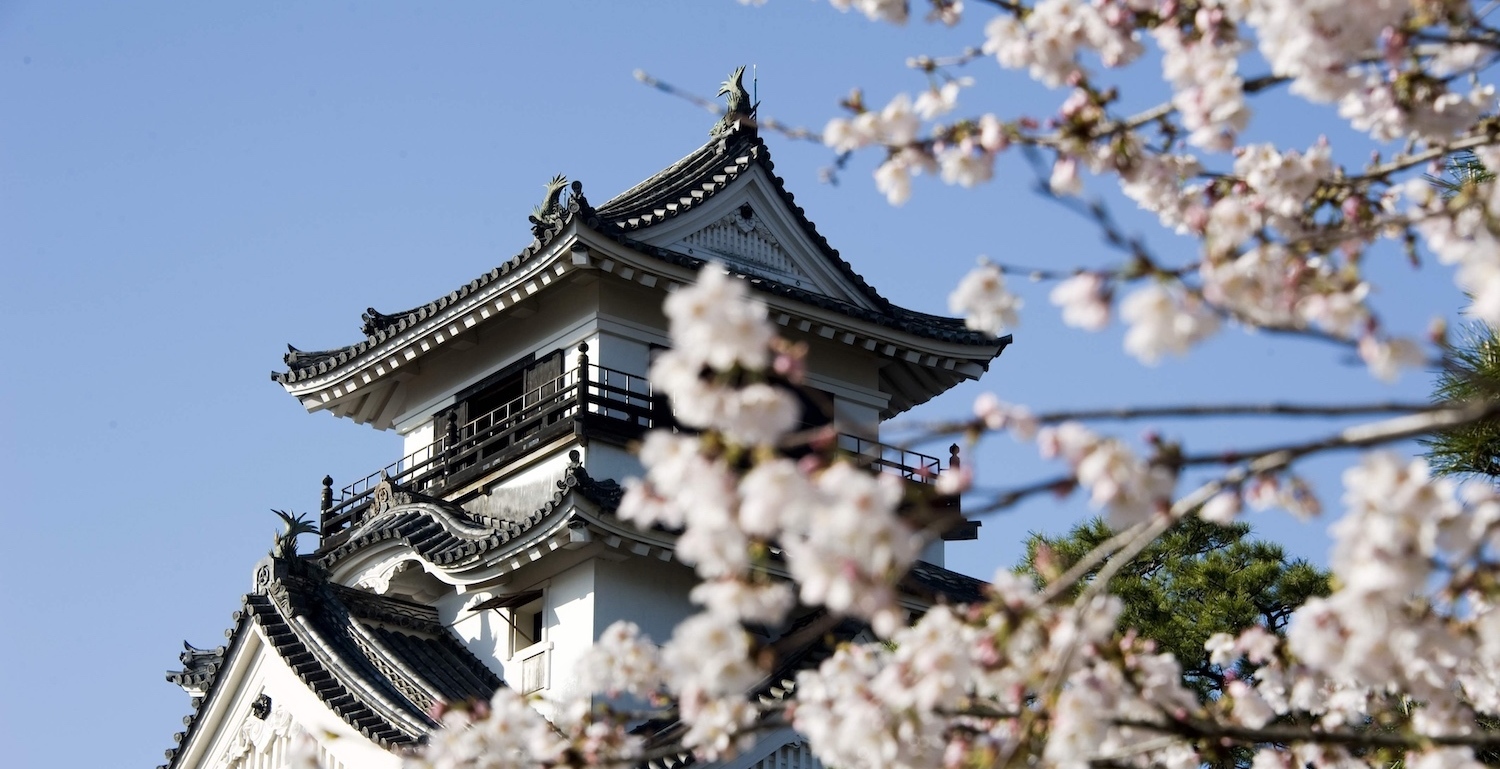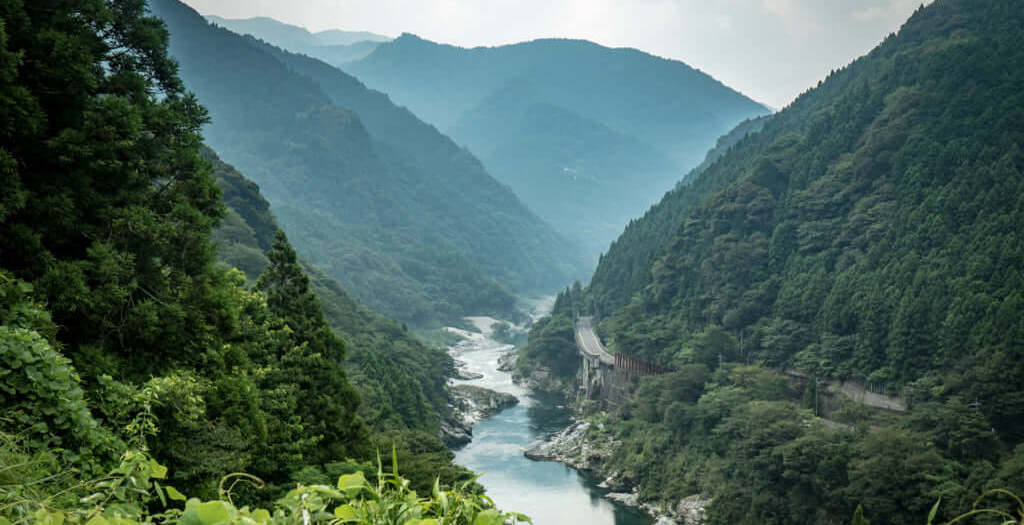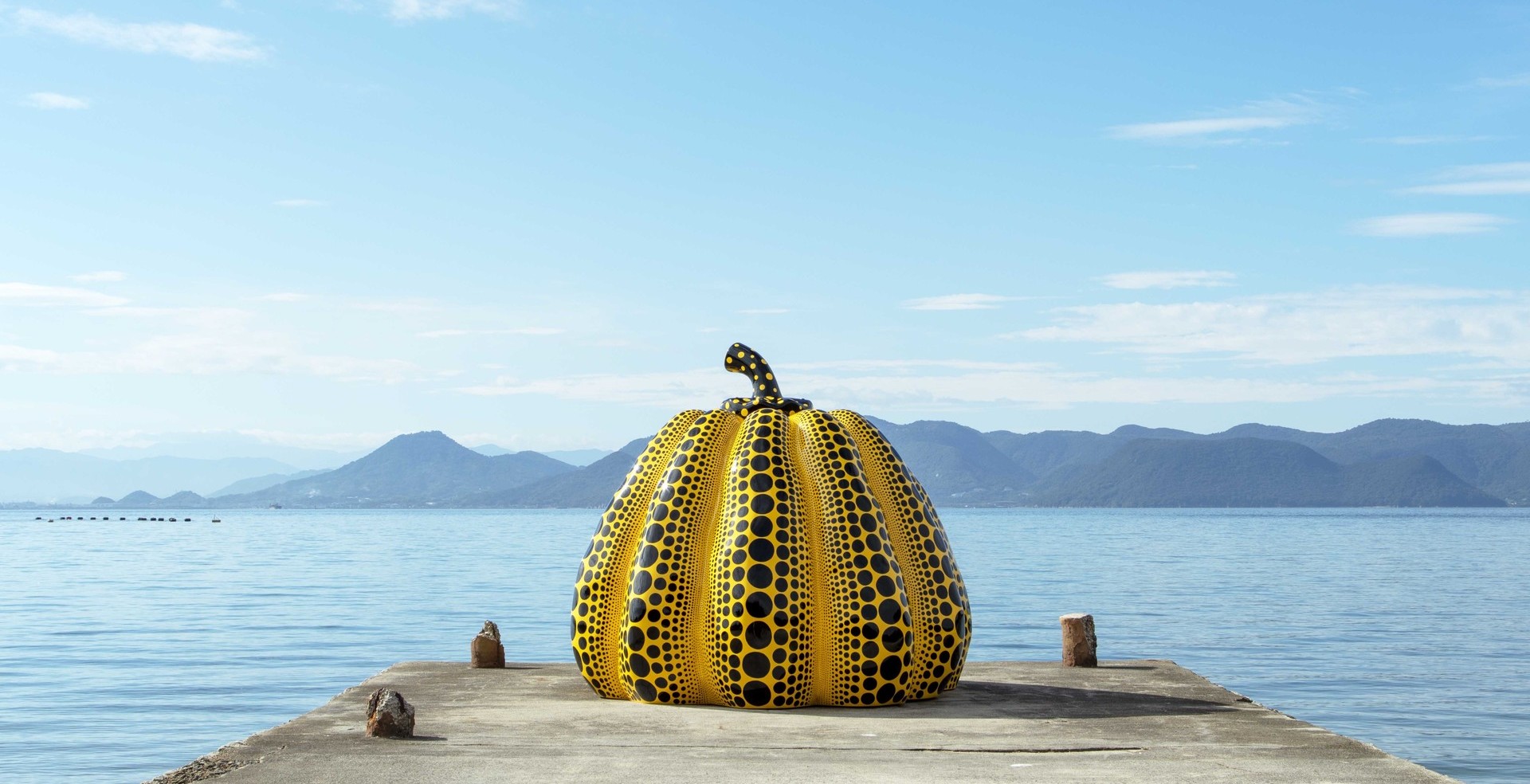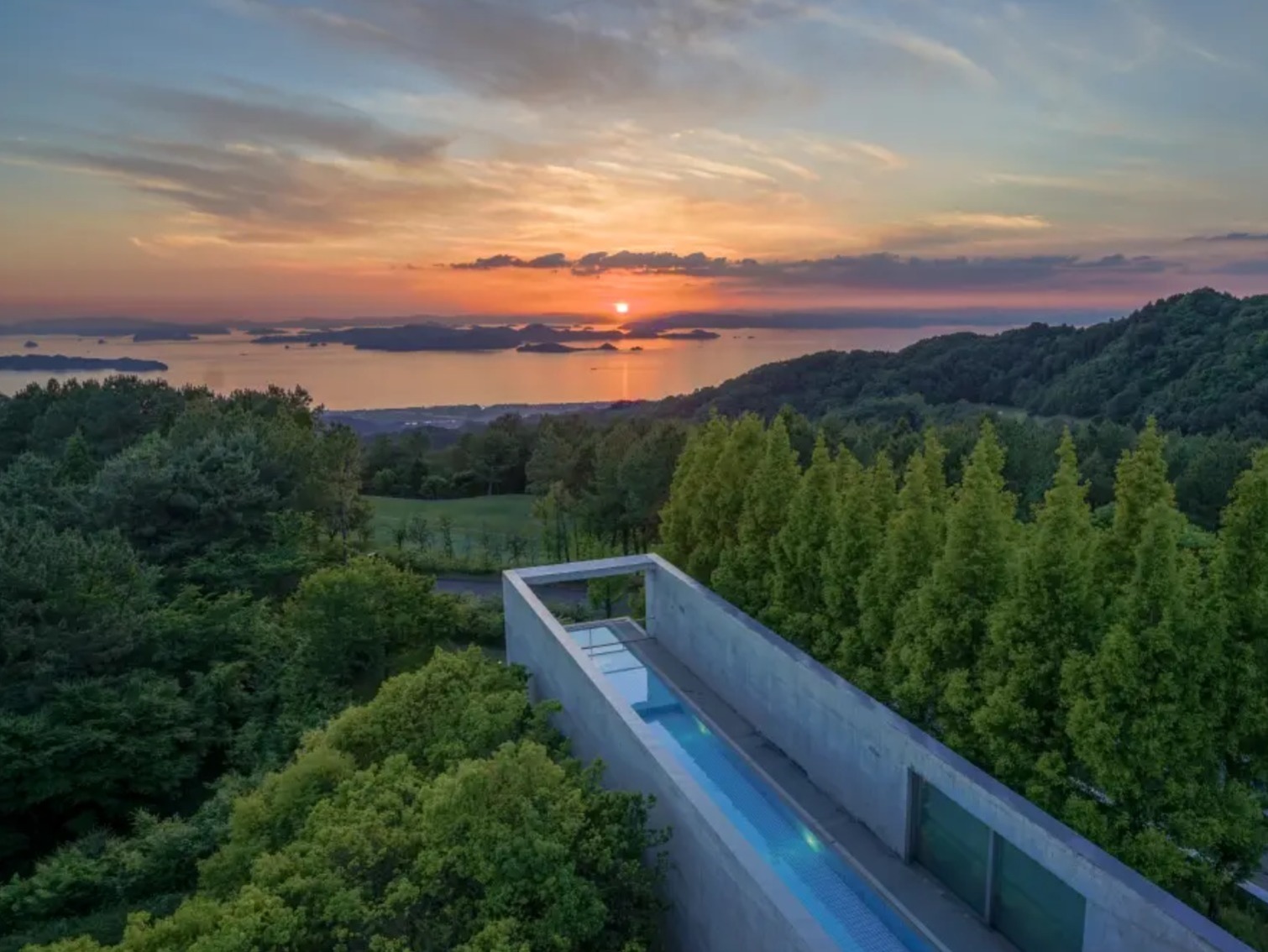
Luxury Tailor-Made Japan Holidays Shikoku 2024 & 2025
A Symphony of Nature and Spirit
Shikoku is Japan's smallest island but it has a big personality! Renowned for its stunning natural beauty, rich culture and tranquil atmosphere, Shikoku offers a peaceful escape from the Japan's busy cities.
Shikoku is most famous for the Shikoku Pilgrimage, a sacred journey that traces a 1,200-kilometer route around the island, where you can visit 88 temples along the way. This pilgrimage has been attracting people for centuries and will allow you immerse yourself in Japan's spiritual traditions.
Like much of Japan, Shikoku is known for its incredible food, the fresh seafood, udon noodles, and a variety of local specialties unique to the region. You can dine on delicious dishes made form locally sourced ingredients at traditional websites, street food stalls and bustling markets!
In Shikoku every moment is an opportunity to discover new things and to rejuvenate - a chance to experience the true essence of Japan.
Tell us more about your Japan travel plans, and we'll create a tailor-made holiday, just for you.
Things to do and see in Shikoku
Kochi
Kochi is a prefecture of Shikoku and it will absolutely captivate you with its rustic charm and infinite outdoor activities. Kochi's southern location on the Pacific Ocean makes it the perfect location for surfing and this brings people in from all over, not just Japan, but the world!
The Muroto area and its rugged coast has a UNESCO Global Geopark status due to the geological formations and the Shimanto River is ideal for camping and trekking.
Kochi Castle is an absolute must-see as its one of Japan's few surviving original castles and has been perfectly preserved. Visit Mount Godaisan, where you will find a stunning temple, which is number 31 out of the 88 temples of Shikoku, and peruse its manicured botanical gardens.

Iya Valley

Iya Valley is a secluded, mountainous valley along the Iya River in the western Tokushima Prefecture. Its steep slopes are connected to the outside world but winding narrow roads, and the deeper parts of the valley are often difficult to access; this is what draws people in to experience a traditional culture of Japan.
Stay at the incredible Iya Onsen hotel and bathe in its hot spring baths, or hike to find the Peeing Boy Statue on a 200 metre high cliff! Walk across one of the 3 remaining bridges over the Iya River, constructed of mountain vines. The longest of which is the Iya Kazurabashi, stretching to 45 metres long and 14 metres above the river.
This is the perfect location for hiking though the mountains and taking the breath-taking scenes Shikoku has to offer.
Naoshima
One word comes to mind when we think of Naoshima - surreal! This small islet is known for its striking art and you can see this in it's modern masterpieces, galleries, exhibitions, studios, museums and public sculptures.
There certainly is a more serene atmosphere in Naoshima, there are no televisions meaning you can truly immerse yourselves in the peace and quiet this little island can offer. Other have described the atmosphere as almost Mediterranean, laid-back and rural, with sandy beaches and sunny weather.
If you are an art enthusiast, then Naoshima is the place for you. Visit the Chichu Art Museum, a contemporary art museum built into the hillside overlooking the water. The building itself is a work of art, but it is also home to Monet's 'Water Lilies' series and so much more. You will need to reserve in advance but it is truly worth the visit.

Matsuyama

Matsuyama is the largest city on Shikoku and at its heart is the beautiful, original Matsuyamajo castle. This is one of the most complex and interesting castles in the county. From the castle's hilltop vantage you have an incredible view of the city and a glimpse of the Seto Inland Sea. There are around 200 cherry trees on the grounds, so you must visit during cherry blossom season - late March to early April - to really get a magical feel of the castle.
Visit number 51 of the 88 temples on the Shikoku Pilgrimage, the city's most famous temple - Ishiteji. Inside you'll come across the main hall, exhibiting some of the temple's most important artefacts and artwork. Ishiteji is also home to an inner temple located beyond a cave behind the main hall. This inner temple has a completely different feel than the temple on the main grounds. You'll see carvings and drawings of Buddha Shaka and a huge statue of Kobo Daishi.
Best Time to Visit Shikoku
Spring and Autumn
March to May and September to November are considered ideal times to visit due to the mild temperatures, blooming cherry blossoms in spring, and vibrant foliage in autumn. These seasons are perfect for outdoor activities such as hiking, sightseeing, and enjoying the island's natural beauty.
Summer
June to August can be hot and humid in Shikoku, but it's also the season for festivals, beach activities, and enjoying seasonal foods like shaved ice and cold noodles. If you don't mind the heat, summer can be a lively and culturally rich time to visit.
Winter
December to February is relatively mild in Shikoku compared to other parts of Japan, but the mountains may receive snowfall, making it a great time for winter sports enthusiasts. Additionally, hot springs are especially inviting during the colder months.
Top Hotels in Shikoku
Build Your Tailor-Made Holiday to Japan
Interested in booking a tailor-made holiday to Japan or have any other questions? Give us a call on 01442 617777 or fill out our contact form below.




